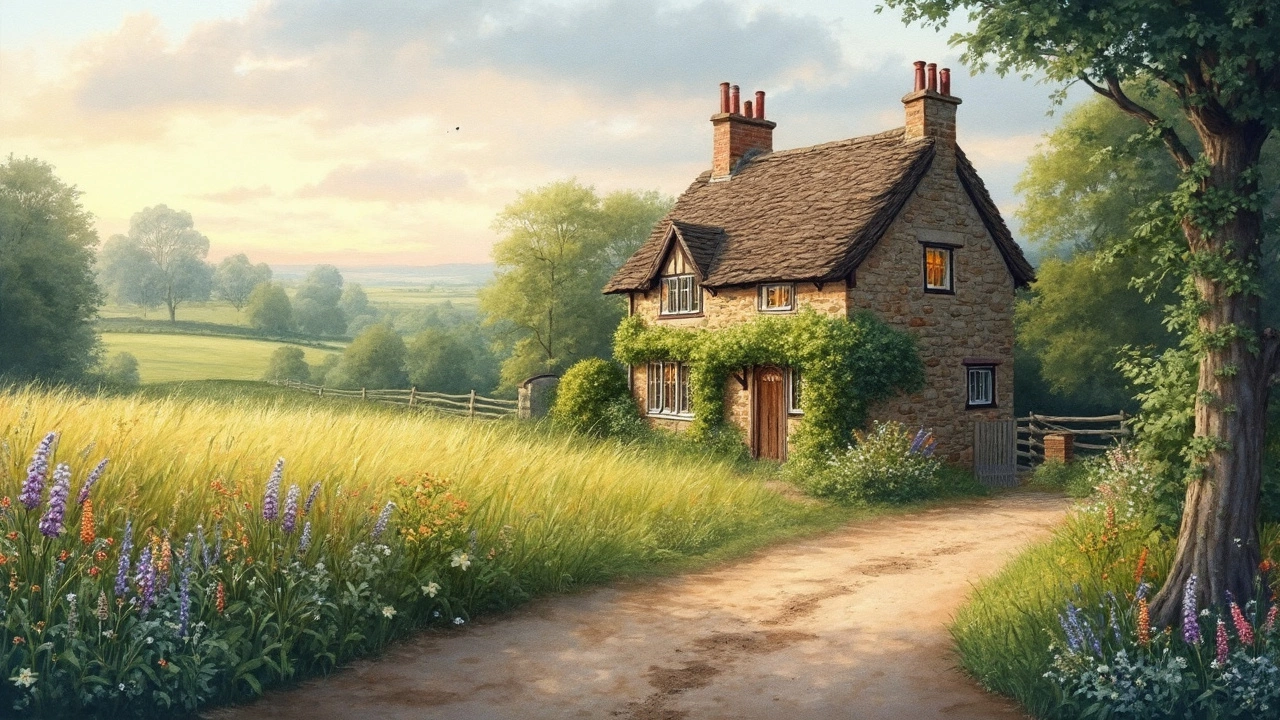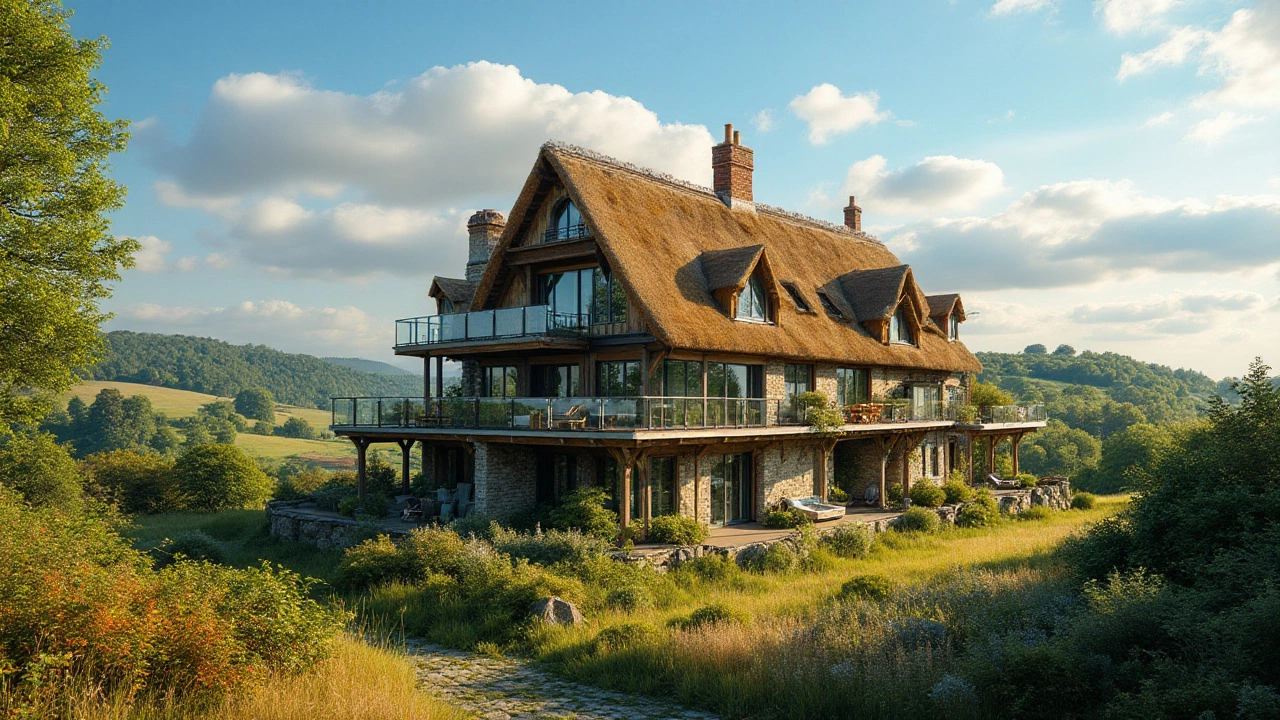
How to Choose and Care for Cottage Floors in Loch Ness
If you’re staying in a cottage by the loch, the floor you walk on matters more than you think. It sets the mood, handles the damp climate, and can save you money in the long run. Below are the most useful pointers for picking the right material and keeping it in shape.
Choosing the Right Floor Material
Hardwood is the classic cottage look. It feels warm under bare feet, ages nicely, and works well with a fireplace. Look for locally sourced pine or oak; they handle the Scottish humidity better than exotic woods. If you need a tighter budget, engineered wood gives the same vibe at a lower price.
Laminate is a solid alternative when you want durability without the upkeep. Modern laminates mimic wood grain, resist scratches, and handle spilled tea without warping. A good quality 12‑mm laminate will feel sturdy and last for years, even in high‑traffic kitchen areas.
Stone tiles, especially slate, bring a rugged charm that matches the Highlands landscape. They stay cool in summer and can be heated from below for cozy winter evenings. Keep in mind that stone can be slippery when wet, so use anti‑slip finishes if you expect rain at the door.
Caring for Your Cottage Floors
Regular sweeping or vacuuming with a soft brush head removes grit that can scratch wood or laminate. Use a damp mop—never soak the floor—especially on hardwood. A tiny drop of mild dish soap mixed with water works fine; rinse with a clean damp cloth.
For hardwood, apply a thin coat of natural oil or wax every six months. This protects against moisture and brings out the grain. Avoid harsh chemicals; they strip the finish and leave the floor vulnerable.
Laminate benefits from a quick wipe‑down with a spray specifically made for laminate surfaces. If a spill occurs, blot it immediately; letting liquid sit can cause swelling at the seams.
Stone tiles need a pH‑balanced cleaner to keep the seal intact. Re‑seal the tiles every two years to prevent stains from tea, wine, or sea‑salt spray.
Finally, consider adding area rugs in high‑traffic spots like entryways and living rooms. Rugs catch dirt, add comfort, and let you change the look without replacing the whole floor.
With the right choice and a bit of routine care, your cottage floors will stay beautiful and functional throughout many Scottish seasons. Enjoy the cozy feel under your feet as you explore Loch Ness and return to a warm, welcoming home.

